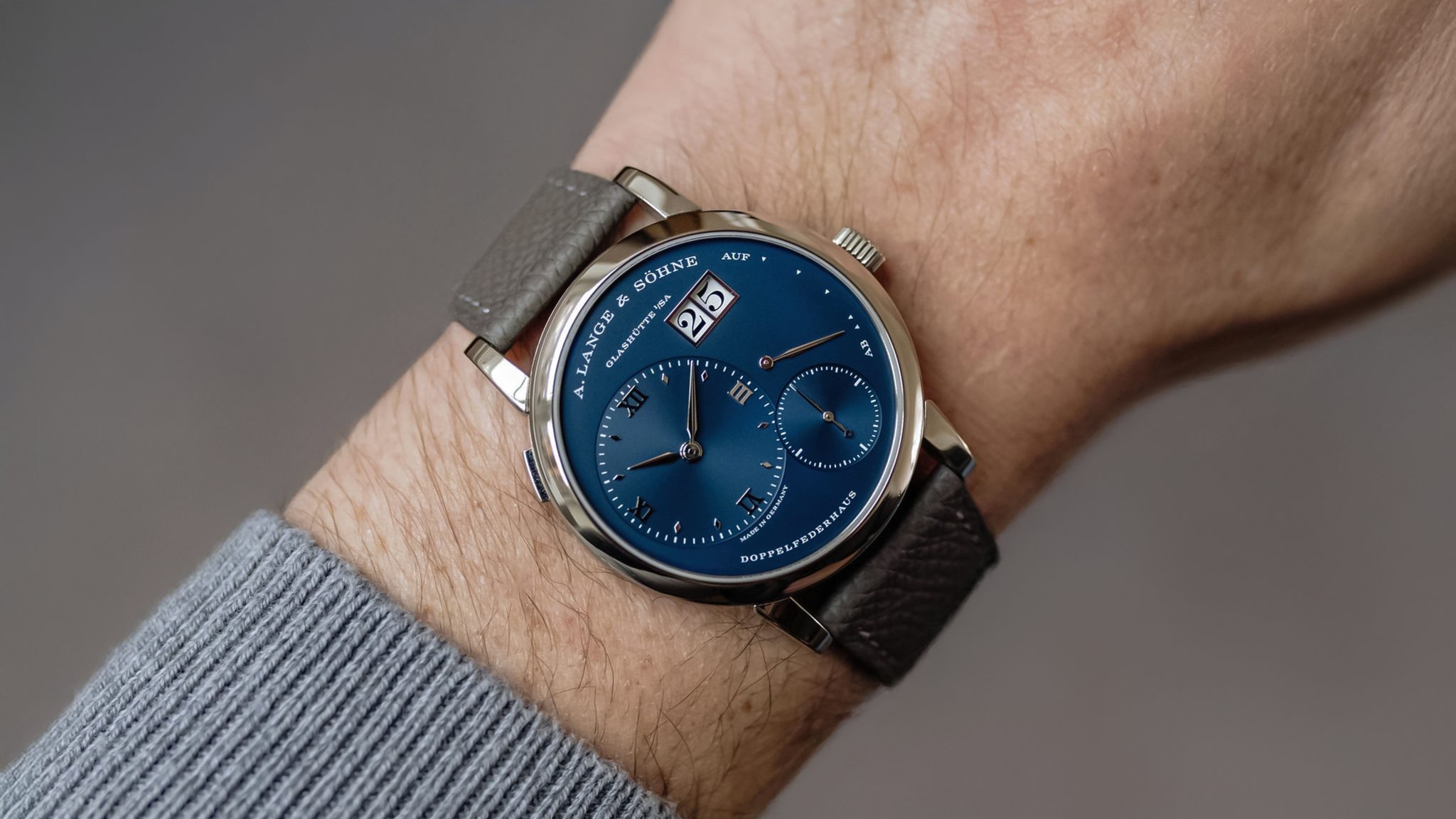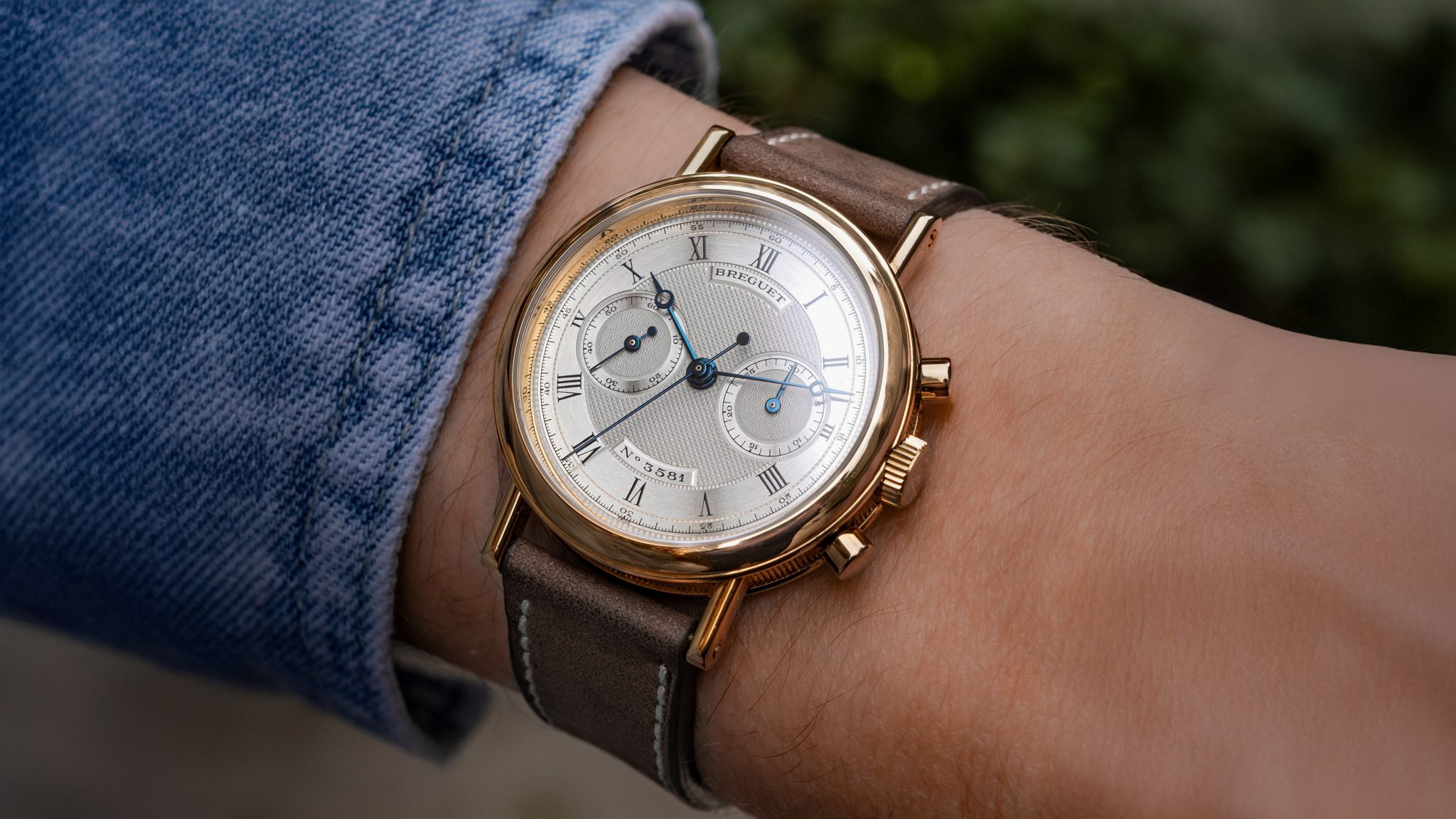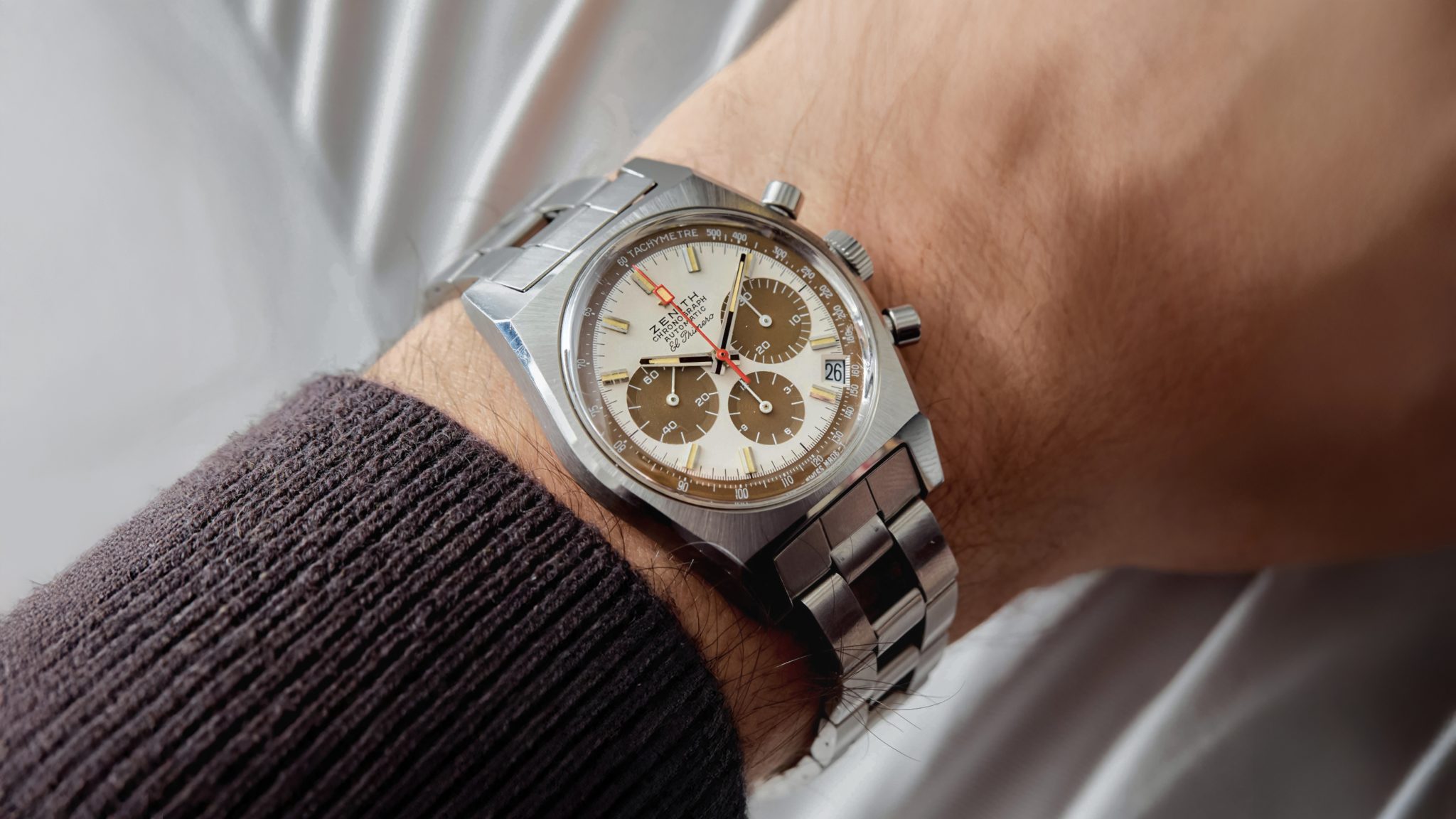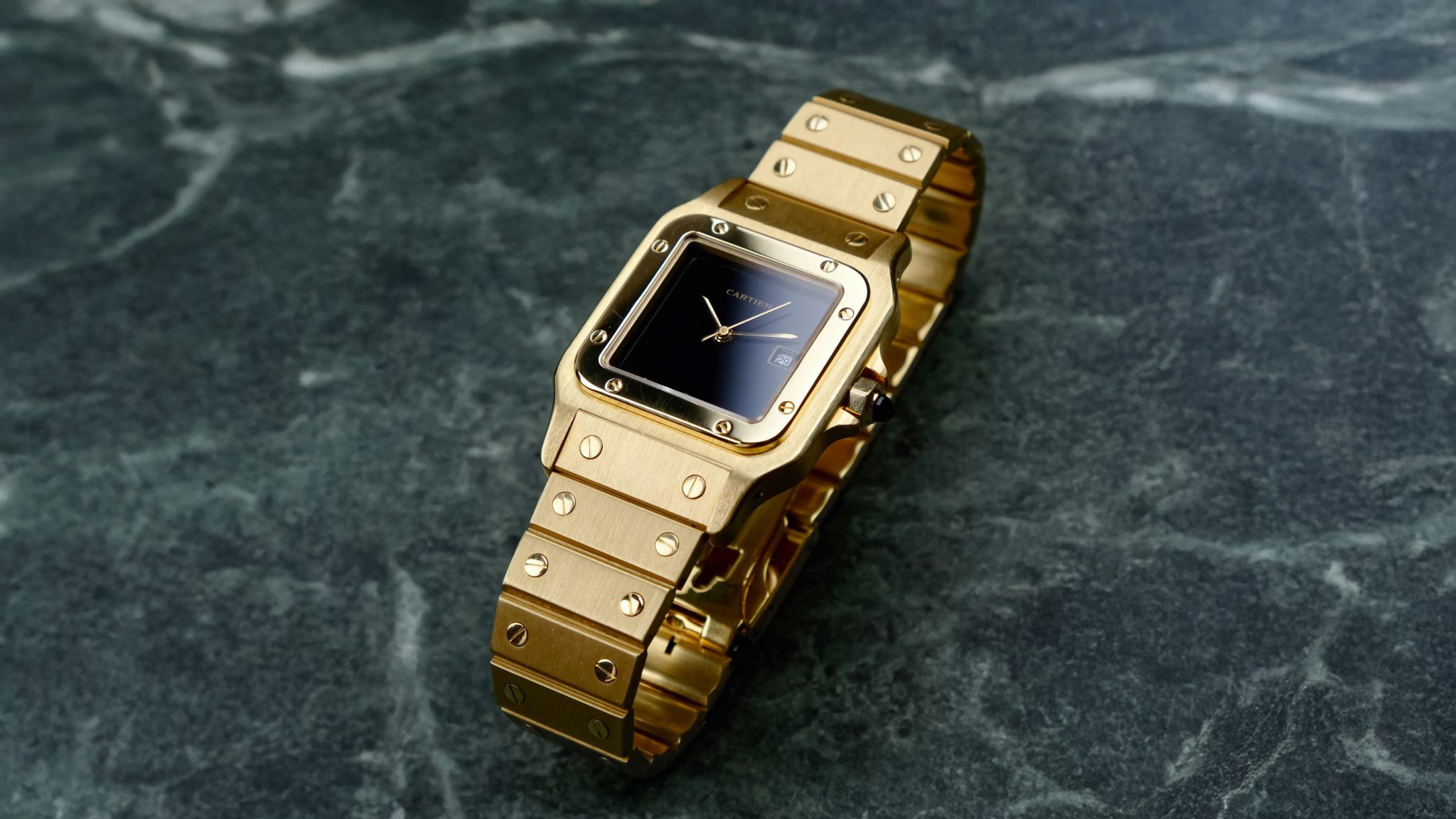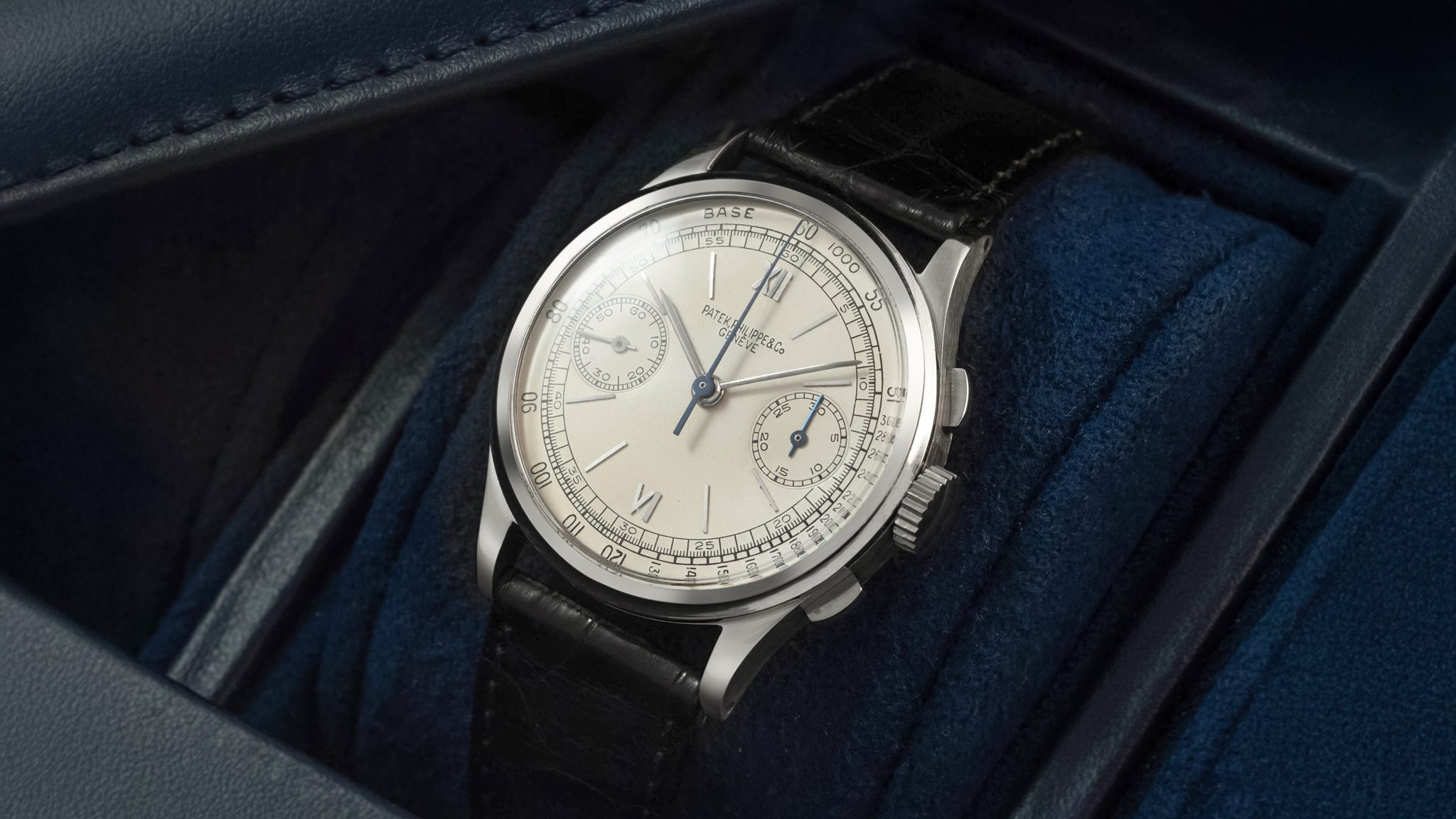
130 Patek Philippe Chronograph, Steel
The 130 was the first ever serially produced Patek Philippe chronograph, the daddy of the Tasti Tondi and so much else we take for granted today. Made for an astonishing (almost) three decades from 1936-1964, there are a bewildering number of dials, calibres, and even case sizes: 130 production is so varied that it’s almost the case that all these myriad watches have in common is the reference itself. This is the dual pusher, dual Roman number, dual register perfected format. And it’s in steel, making it one of 270 steel examples (about 150 known). Interestingly, the steel case has slightly thicker and shorter lugs than gold. Yes, it’s special. But it’s more special for being the basis of what many brands consider the fundamental chronograph design.
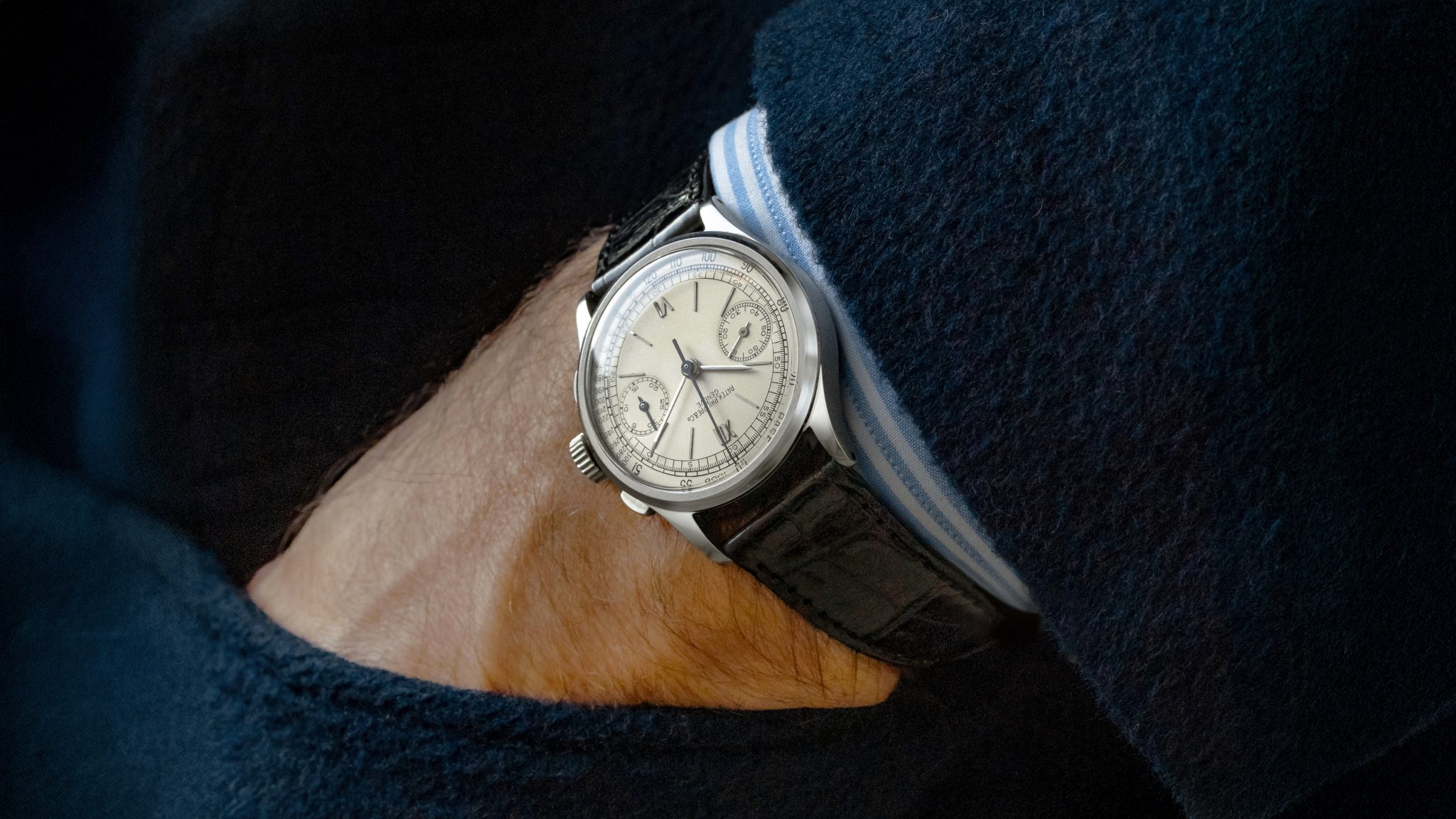
This was the auspicious start of the Stern family, who had recently bought Patek Philippe in 1932. The 130 started as a monopusher with Victorin Piguet ébauches, but quickly evolved to a manual Valjoux calibre 13-130 and two pushers. The lion’s share of case production came from the storied Emile Vichet, recognized by the number 9 inside a key stamped to the inner case back. The case built upon the 96, slightly larger at 33.5mm, still with a flat angled bezel. The design shares heavily with the 1526 and 1518, no bad thing. It is as slim, refined, and elegant as a chronograph can be. While the variety of dials one can find in 130 is staggering, this is classic or original flavor: steel, argenté dial now cream, with a blued steel chronograph handset. In this configuration, most seem to say there are 9 examples known. The last one that came up we highlighted back in ’21.
The market on 130s is as exuberant as a 33.5mm case can attract. Condition and dial spec is everything. It’s the explanation for 50k and 500k examples. Something like this, historically, will range from 150-250k given auctions of the last 5 years. The real distinction of this example is the condition. The case is great. The dial has a lovely tone with light texture and the coloration of 77 years time apparent, as of today. That this example has survived the decades so well is its entire appeal, even with all the history described above.
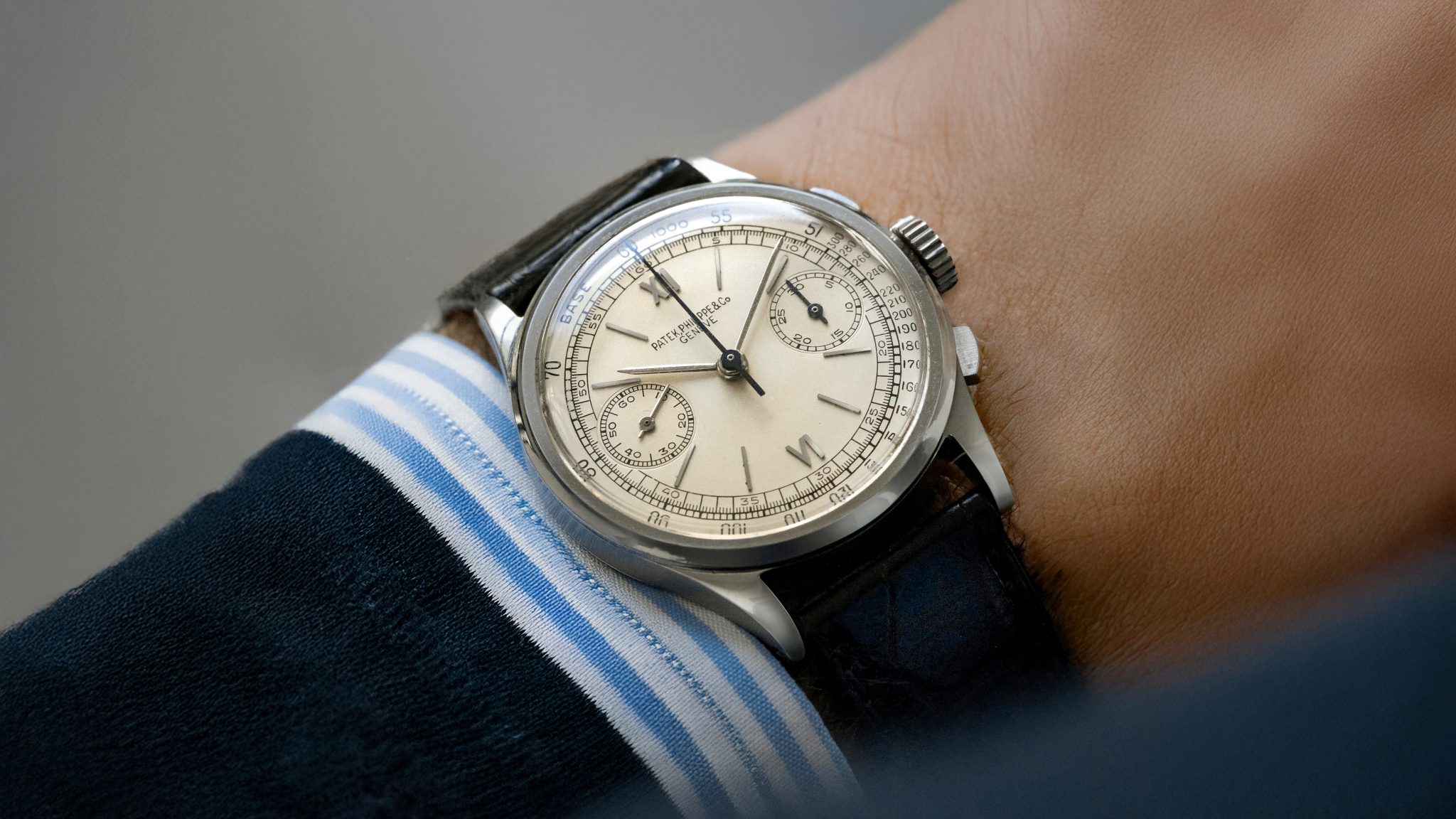
This example was made in 1947, sold in 1948. The dial still has the accent over Genève, the scripts are lovely. This is the engraved enamel era, peak engraved enamel, and this one represents it well. The case appears equally magnificent. I’m not often this positive, so take that for what it’s worth. It comes from a well-regarded Milan retailer.





